Jumping jacks, a classic and simple exercise, have been a staple of fitness routines for decades. This dynamic full-body movement involves jumping in place while extending the arms and legs outwards, then inwards as you bring your arms and legs back together. It is considered a high-impact plyometric exercise incorporating cardiovascular and strength-building challenges.
Despite its basic nature, jumping jacks offer many benefits for weight loss, overall health, and fitness. Whether a beginner or an experienced athlete, incorporating jumping jacks into your exercise regimen can be a valuable addition to achieving your fitness goals.
{{mid-cta}}
What Muscles Do Jumping Jacks Work?
Jumping jacks target muscles in your core, lower body, and upper body as you continue to hop in place and use extending arm and leg movements. The primary muscles engaged during jumping jacks include the quadriceps (front thigh muscles), hamstrings (back thigh muscles), glutes (buttocks), calves, and hip abductors/adductors (outer and inner hip muscles, respectively).
As you raise your arms overhead, the deltoids (shoulder muscles) and trapezius (upper back muscles) are activated, along with the muscles of the chest (pectorals) and upper arms (biceps). As you lower your arms back down, you will target your lat muscles (below your shoulder blades). Jumping jacks also require stabilization of the core muscles, including the rectus abdominis, obliques, and transverse abdominis. With this comprehensive engagement of upper and lower body muscles, jumping jacks provide an excellent all-in-one workout, contributing to increased strength, endurance, muscle tone, and overall physical fitness.
Are Jumping Jacks Good For You? Top 7 Benefits Explained
Incorporating jumping jacks into your fitness routine has many benefits, including improved heart health, coordination, balance, weight loss, and more. Here is a list of a few benefits of jumping jacks that can target your overall health and wellness.
Use Your Whole Body
One of the biggest advantages of jumping jacks is that they engage multiple muscle groups throughout your body. The legs, glutes, core, shoulders, and arms are all activated during the exercise. This makes it a fantastic full-body workout that targets different areas simultaneously. As a result, jumping jacks can help tone and strengthen your muscles, leading to a more defined physique.
Improves Heart Health
Regularly engaging in high-intensity aerobic exercise helps strengthen the heart and lungs, enhancing their efficiency in delivering oxygen to the body. As a result, your endurance and stamina will improve, enabling you to perform other physical activities with greater ease, such as walking, stairs, gardening, etc.7,8
Can Be Done Anywhere
One of the best things about jumping jacks is that they can be done virtually anywhere and require no special equipment. All you need is enough space to jump and move your limbs freely.
Increase Hip Strength
Jumping jacks utilize multiple hip muscles to extend your legs while jumping up and down. Consistently performing jumping jacks has been shown to increase overall hip strength, muscle power, and athletic performance.1,4
Promotes Weight Loss and Fat Burning
Jumping jacks are an effective tool for weight loss and fat burning because they elevate your heart rate, target muscle building, and boost your metabolism. Combined with a well-balanced diet, regular jumping jacks can contribute to a calorie deficit, resulting in gradual and sustainable weight loss.5,6
Boosts Overall Mood
Physical activity, including jumping jacks, triggers the release of endorphins (i.e., dopamine), which are natural mood lifters. Regular exercise can help reduce stress, anxiety, and depression while promoting well-being. Jumping jacks' rhythmic and repetitive nature can be meditative and help clear the mind, providing mental relaxation and improving cognitive function.3

Time-Efficient Workout
Jumping jacks offer an excellent solution as they can be incorporated into high-intensity interval training (HIIT) sessions, providing an efficient and effective workout in a short amount of time. Just a few minutes of jumping jacks can elevate your heart rate and provide the benefits of a longer workout.
How to Do Jumping Jacks Correctly: Safety Tips
Performing a jumping jack is simple and requires no special equipment. Follow these step-by-step instructions to execute this effective full-body exercise correctly:
- Starting Position: Stand with your feet together and your arms relaxed by your sides.
- The First Jump: Jump up explosively, spreading your feet to the sides while raising your arms above your head. Your feet should be shoulder-width apart, and your arms extended straight overhead.
- Mid-Air Position: At the top of the jump, your body should resemble an "X" shape, with arms and legs forming the lines of the letter.
- The Landing: As you land, control the movement and ensure your feet touch the ground simultaneously. Bend your knees slightly to absorb the impact, aiming for a soft landing to reduce joint stress.
- The Second Jump Position: From the landing position, jump again and return your feet together while lowering your arms to the sides to complete one repetition.
Perform a desired number of repetitions to complete one set. Beginners can start with 10 to 15 reps per set and gradually increase as they become more comfortable and proficient in the movement. It is okay to start slowly while you learn the exercise and increase your speed as you improve!
Here are a few safety tips to keep in mind to prevent injuries and maintain good form:
- Keep the movement fluid and controlled to minimize the risk of injury.
- Engage your core muscles during the exercise to stabilize your body.
- Land on the balls of your feet to cushion the impact and maintain balance, ensuring you have a soft bend in your knees to reduce the impact on your joints.
- Maintain a consistent pace throughout your sets for an effective cardiovascular workout.
- Warm up before engaging in any physical activity, including jumping jacks, to prepare your body for exercise and prevent injuries.
If you are new to this exercise or have any health concerns, it's always a good idea to consult a fitness professional or healthcare provider before starting a new workout routine.
Jumping Jack Variations
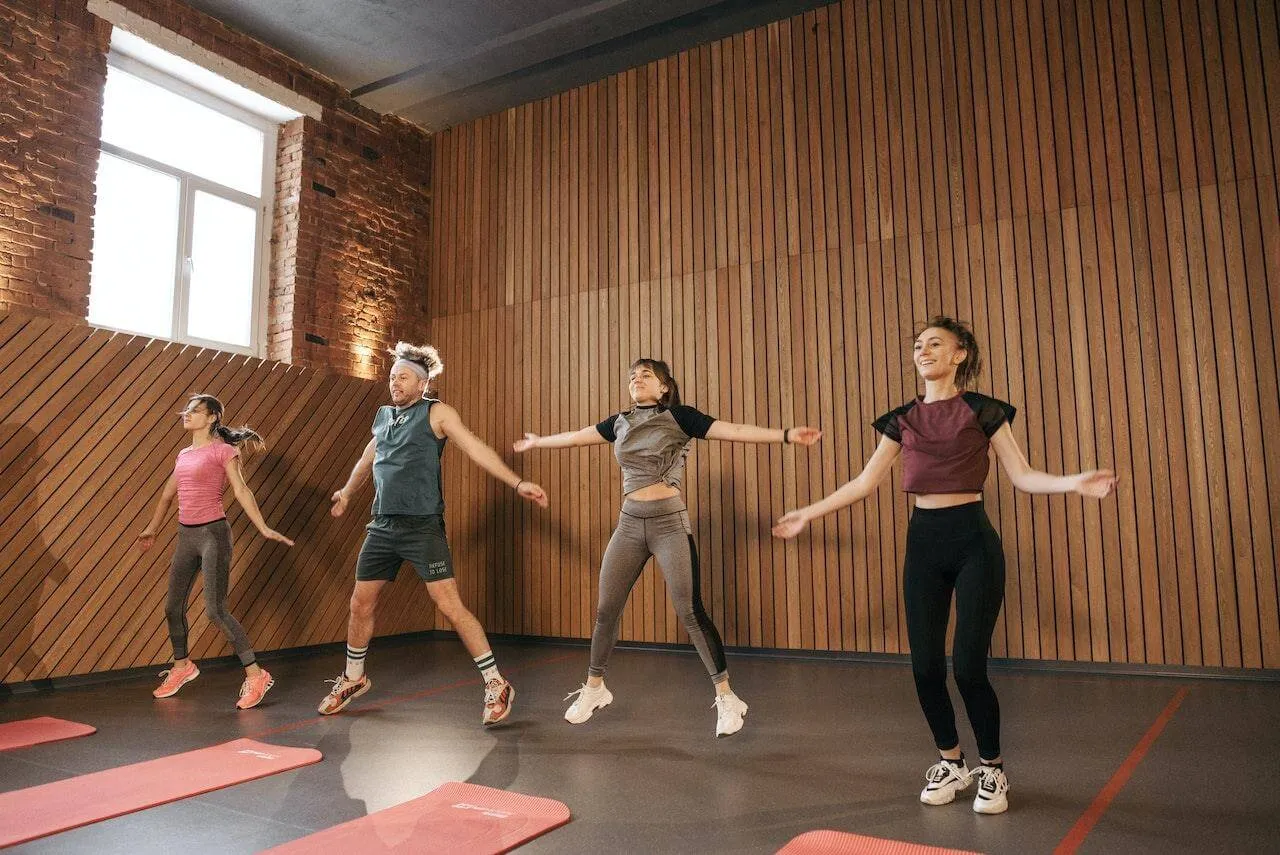
Variations of jumping jacks can add diversity to your workout routine, challenge your muscles differently, and cater to various fitness levels. Here are some popular variations of jumping jacks you can try at home.
Basic jumping jacks
The classic jumping jack involves jumping with feet together and then jumping wide while simultaneously raising the arms overhead. Return to the starting position and repeat the movement for the desired repetitions.
Squat jack
To increase the intensity, perform power jacks by adding a squat before each jump. As you lower into the squat, swing your arms down and then explode into the jumping jack motion.
Seal jacks
Start with your feet together and your arms crossed in front of your chest. As you jump, open your legs and arms wide, resembling a seal clapping its flippers. Return to the starting position and repeat.
Rotational jack
Add a twist to the traditional jumping jack by jumping and rotating 180 degrees in the air. Land facing the opposite direction and repeat the movement, alternating the direction of the rotation with each jump.
Low-impact jumping jacks
Perform this low-impact variation by stepping out to the side with one foot and raising the opposite arm overhead, mimicking the motion of a regular jumping jack without jumping. Bring your arm and leg back to the center, then switch to your other leg and opposite arm.
Using a CGM with Signos: Real-Time Data, Backed by AI
Signos pairs a real-time glucose biosensor with AI trained on tens of millions of data points to deliver personalized, science-backed guidance. See exactly how your body responds, and take action.
Learn how it works. Ready to get started? Join now.
Topics discussed in this article:
References
- Chen, C. F., & Wu, H. J. (2022). The Effect of an 8-Week Rope Skipping Intervention on Standing Long Jump Performance. International journal of environmental research and public health, 19(14), 8472. https://doi.org/10.3390/ijerph19148472
- Mullerpatan, R., Shetty, T., Singh, Y., & Agarwal, B. (2021). Lower extremity joint loading during Bounce rope skip in comparison to run and walk. Journal of bodywork and movement therapies, 26, 1–6. https://doi.org/10.1016/j.jbmt.2020.12.014
- Yamashita, M., & Yamamoto, T. (2021). Impact of Long-Rope Jumping on Monoamine and Attention in Young Adults. Brain sciences, 11(10), 1347. https://doi.org/10.3390/brainsci11101347
- Ramirez-Campillo, R., Sortwell, A., Moran, J., Afonso, J., Clemente, F. M., Lloyd, R. S., Oliver, J. L., Pedley, J., & Granacher, U. (2023). Plyometric-Jump Training Effects on Physical Fitness and Sport-Specific Performance According to Maturity: A Systematic Review with Meta-analysis. Sports medicine - open, 9(1), 23. https://doi.org/10.1186/s40798-023-00568-6
- Frimpong, J. B., Agyei, M., Apaak, D., Ansah, E. W., & True, L. (2022). Improving Body Mass Index of School-Aged Children Using a Nine-Week Rope Skipping Training Intervention: A One-Group Pre-Test Post-Test Design. Children (Basel, Switzerland), 9(11), 1715. https://doi.org/10.3390/children9111715
- Tang, Z., Ming, Y., Wu, M., Jing, J., Xu, S., Li, H., & Zhu, Y. (2021). Effects of Caloric Restriction and Rope-Skipping Exercise on Cardiometabolic Health: A Pilot Randomized Controlled Trial in Young Adults. Nutrients, 13(9), 3222. https://doi.org/10.3390/nu13093222
- Seo K. (2017). The effects of dance music jump rope exercise on pulmonary function and body mass index after music jump rope exercise in overweight adults in 20's. Journal of physical therapy science, 29(8), 1348–1351. https://doi.org/10.1589/jpts.29.1348
- Maté-Muñoz, J. L., Lougedo, J. H., Barba, M., Cañuelo-Márquez, A. M., Guodemar-Pérez, J., García-Fernández, P., Lozano-Estevan, M. D. C., Alonso-Melero, R., Sánchez-Calabuig, M. A., Ruíz-López, M., de Jesús, F., & Garnacho-Castaño, M. V. (2018). Cardiometabolic and Muscular Fatigue Responses to Different CrossFit® Workouts. Journal of sports science & medicine, 17(4), 668–679.


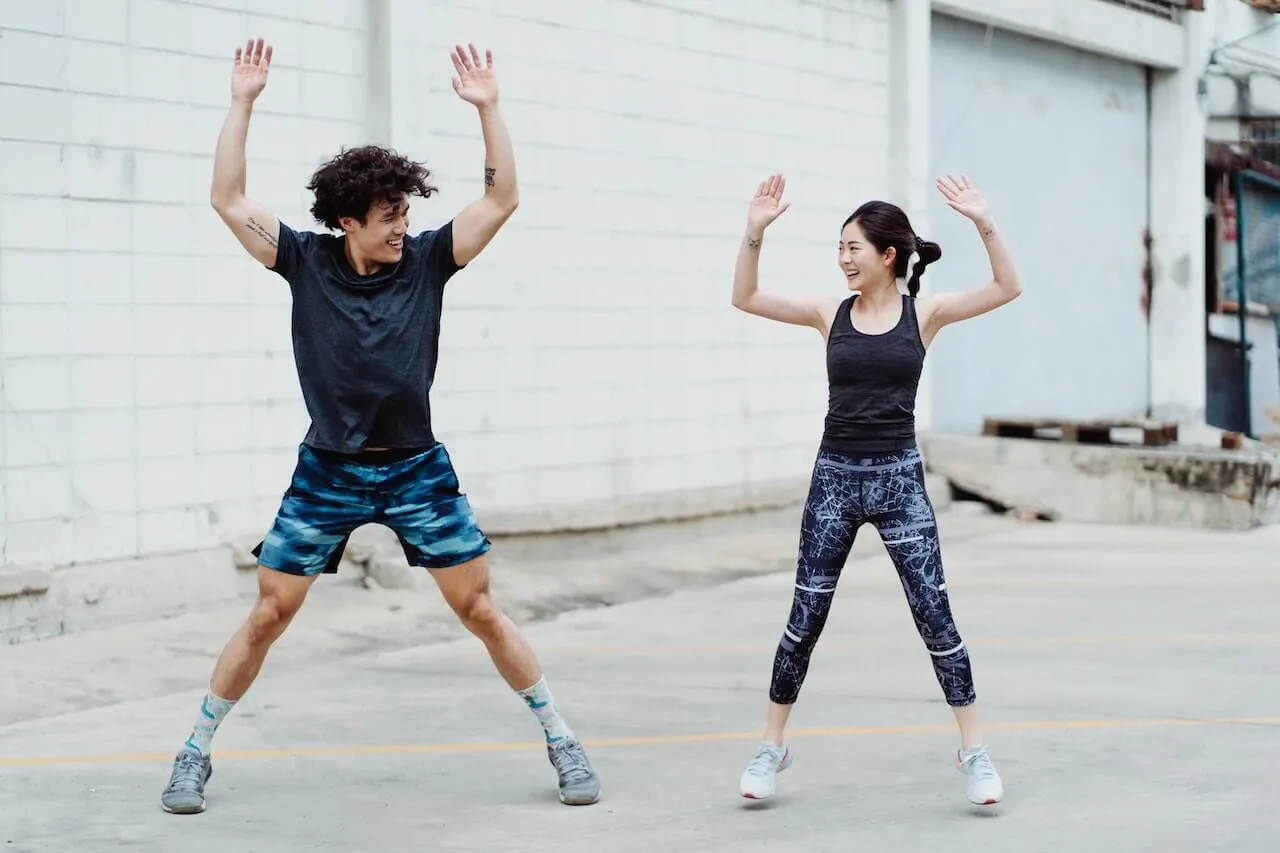

.svg)



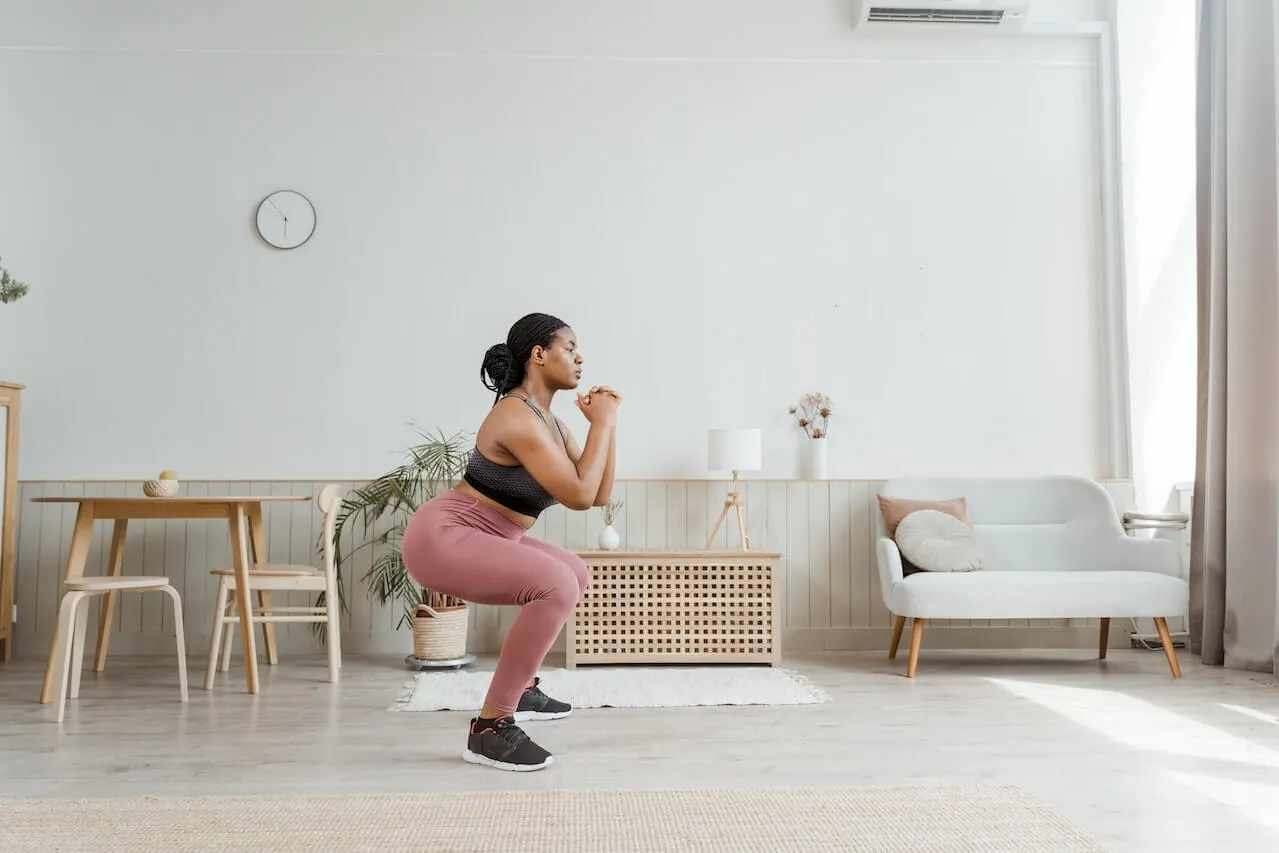
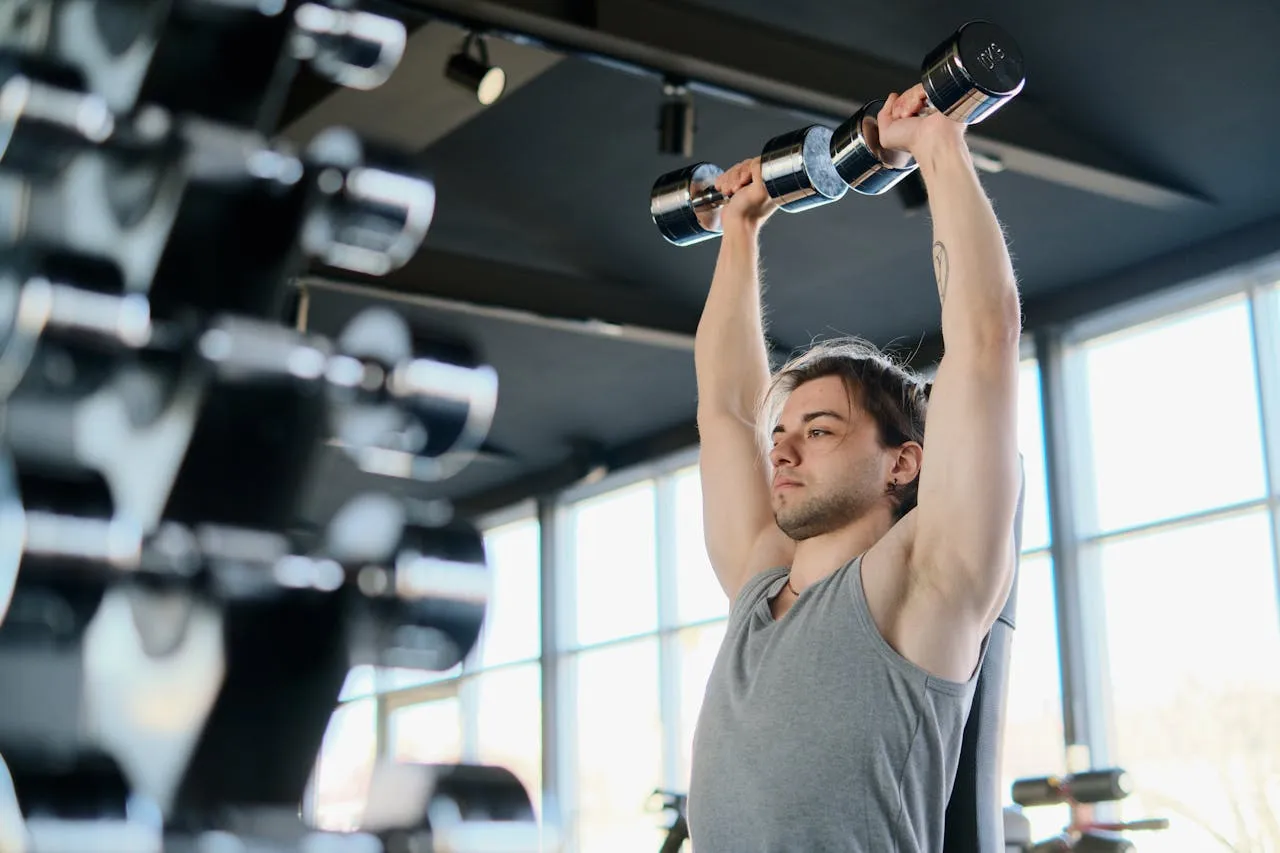
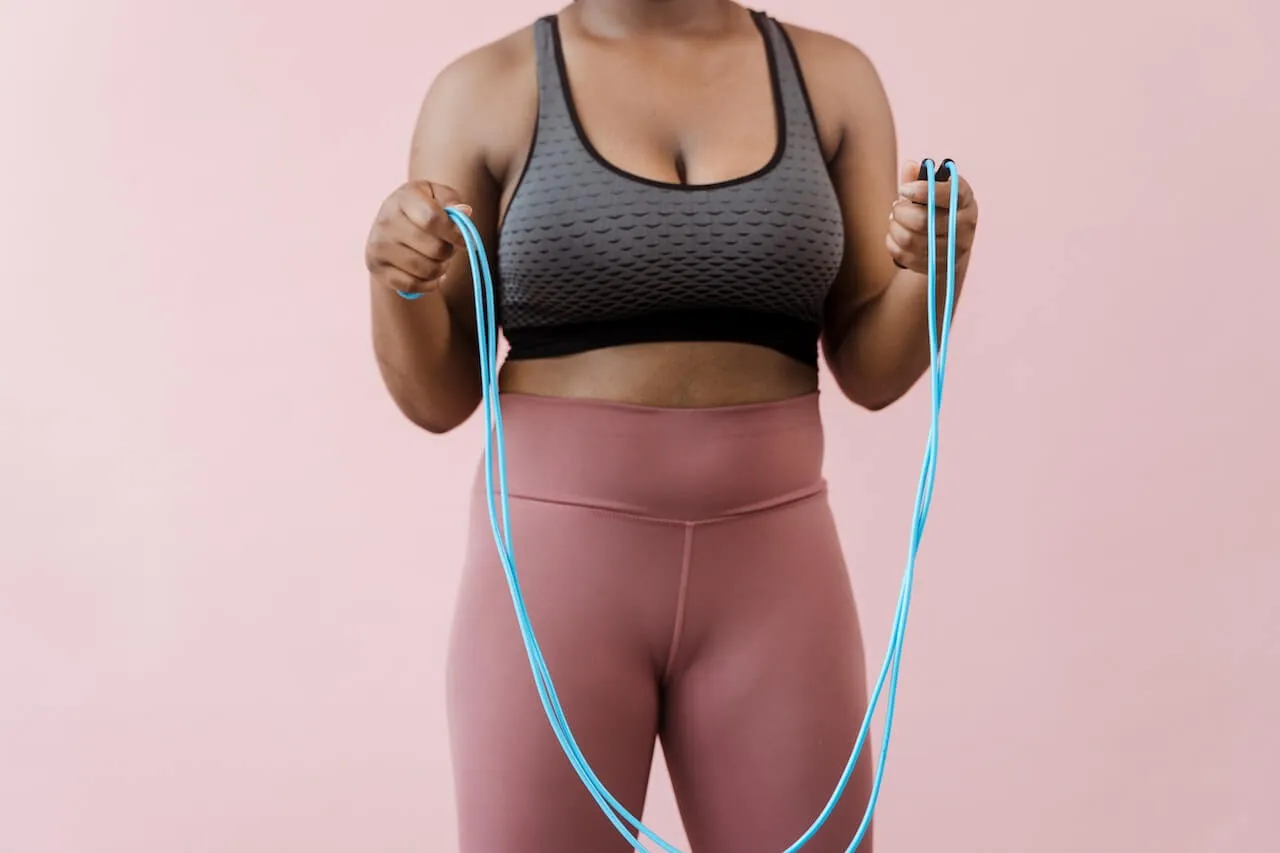
.webp)



.svg)
.svg)
.svg)
.svg)
.svg)
.svg)
.svg)
